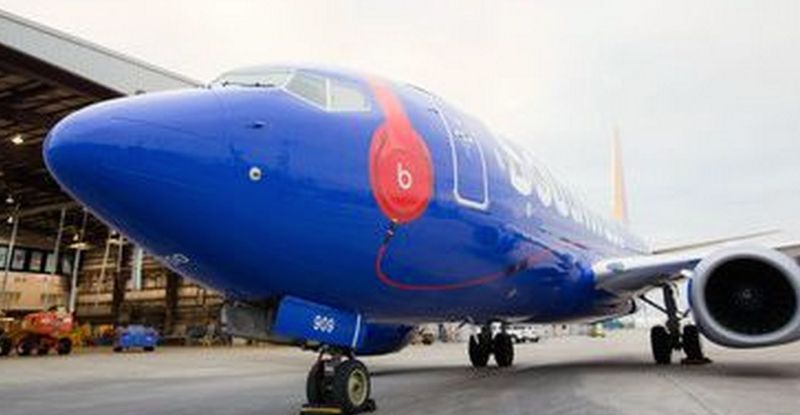The demand for ever more bandwidth is a story told by customers and service providers alike. In the US aviation market Ku-band satellite capacity shows the most uncertainty in meeting those needs. This is a problem Luxembourg-based satellite operator SES intends to address in the relatively near future.
An as yet unnamed satellite is in the works, according to multiple senior executives at the company. This new Ku-band HTS satellite will cover North America and is expected to be the next SES launch to be announced. A formal introduction should come within the next few months. The new satellite would launch after SES-12, which is currently scheduled to be placed into orbit in late 2017 or early 2018.
SES and Global Eagle recently announced a partnership which will see SES providing bandwidth to the content and connectivity company. For Southwest Airlines – the largest customer of Global Eagle’s Row 44 Ku connectivity product – the need to grow available bandwidth and reduce costs is very real. SES expects that the new, unnamed solution will be a key component in that plan.
SES also confirmed that the Southwest/Global Eagle arrangement is already using some SES satellite bandwidth, purchased via Hughes, which explains recent comments made by Hughes’ parent. While not yet finalized SES anticipates that some of those transactions will shift to a direct purchase from Global Eagle. Hughes will remain involved as the hardware provider and managing the traffic for Global eagle.
One senior executive made it clear that the North American market was the next region to be targeted by SES. While the efforts are currently “in the planning stages of coverage” for the region the timeline for announcing the new bird suggests that these planning stages are rather far along.
Continuing the discussion about options in the area one executive noted, “We’re very much focused on doing something like this over North America…. We’re looking very seriously at the North American market for new satellite coverage.” He continued, “This is a market that is really key for us; it is in our sweet spot. We’re pretty well positioned to bring some of this capacity online.”
Following the North America service launch, Europe may be the next target for a HTS solution with small spot beams and high capacity, again aimed at serving the regional market. SES believes that this targeted solution will allow it to better meet the growing demand for aviation connectivity at an affordable price.
The approach SES is taking with multiple satellites each focused on a smaller geographic region is similar to that of Ka-band provider ViaSat. Both companies are building out larger networks of satellites in hope of meeting the higher bandwidth demands and ensuring that the coverage is where the planes (and people) are actually asking for it rather than blanketing the entire globe with service. This provides more bandwidth at a lower price point where there is coverage, at the expense of not offering a 100% global footprint.











